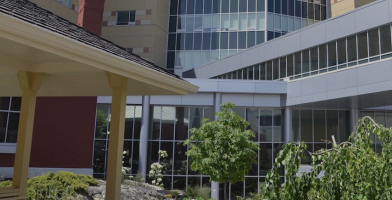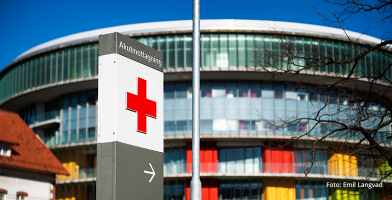Overcoming the challenges of distributed working #2

Confident, consistent, competent
Alongside fast, remote access to data and expertise, the CellaVision analyzers provided tools that brought confidence, consistency and competence to VIHA. Technologists could compare results with an inbuilt reference library of cell morphology, and ‘drag and drop’ cells to review them side-by-side on-screen. The library exposed technicians to a wide range of cell morphologies, improving overall skill levels, keeping knowledge current, and enabling VIHA to provide consistent, standardized services to patients.
Consistency is absolutely key to overcoming the challenges associated with a geographically dispersed team, emphasizes Dr. Berry.
“It’s all about standardization. It’s so much easier to reach your goals when every technologist is using the same set of procedure manuals, following the same policies, and has the same training competency. Any technician that goes from one site to another can sit down and use the exact same instrument without needing additional training.”
Connecting urban and rural
Following the success of the DCM technology at their metropolitan hubs, Brian was keen to explore the possibilities it could bring to their entire network. So he trialed a CellaVision DC-1, a lower volume analyzer designed for smaller hematology laboratories, at a rural laboratory that lacked an on-site hematopathologist. Efficiency soared, and turnaround times dropped drastically.
Turnaround times for slides referred to a larger laboratory used to be over 24 hours. The CellaVision DC-1 trial reduced this to just 3.8 hours.
VIHA were convinced: CellaVision’s DCM technology was the right choice for not only their larger hub laboratories, but their spokes, too. They ordered 8 DC-1s, and installed them at a number of their medium-sized remote laboratory sites.
“I believe we may have had some of the first DC-1s in the world, actually,” adds Dr. Berry. “If not the first ones, pretty close to it. We’ve had CellaVision at three of our hubs for a few years now: our most pressing issue was efficiency there, and the technology was best suited to larger institutions. But the DC-1 brought a solution for our smaller sites as well.”
Stay tuned for part #3
News
Overcoming the challenges of distributed working #3
Expertise on tap Like so many small laboratories, VIHA’s more remote spoke sites found it difficult...

Overcoming the challenges of distributed working #1
Hematology laboratories are under increasing pressure to do more with less. To alleviate this stress...

Future-proofing hematology laboratories with Digital Cell Morphology #2
Learning by doing—digitally Region Skåne use their DCM systems and CellaVision Proficiency Software...
